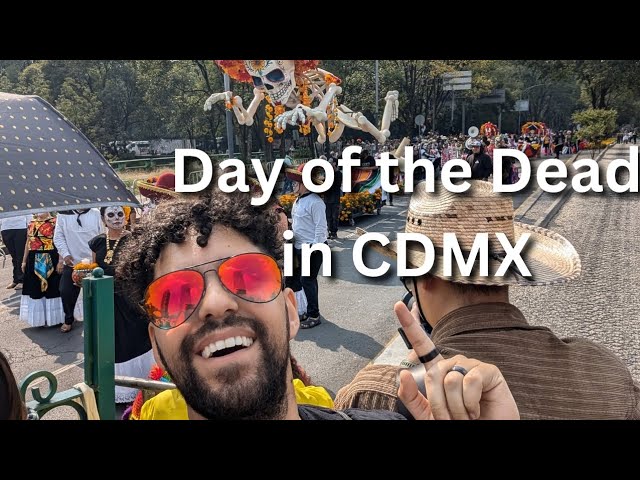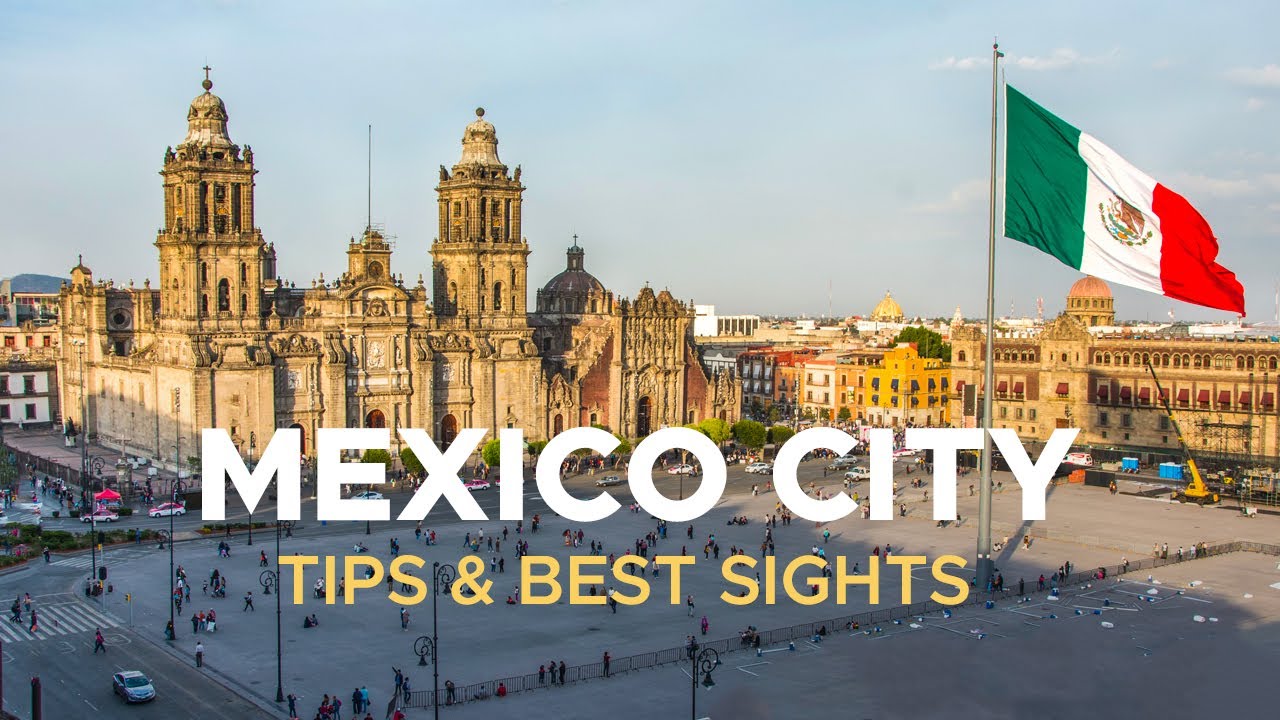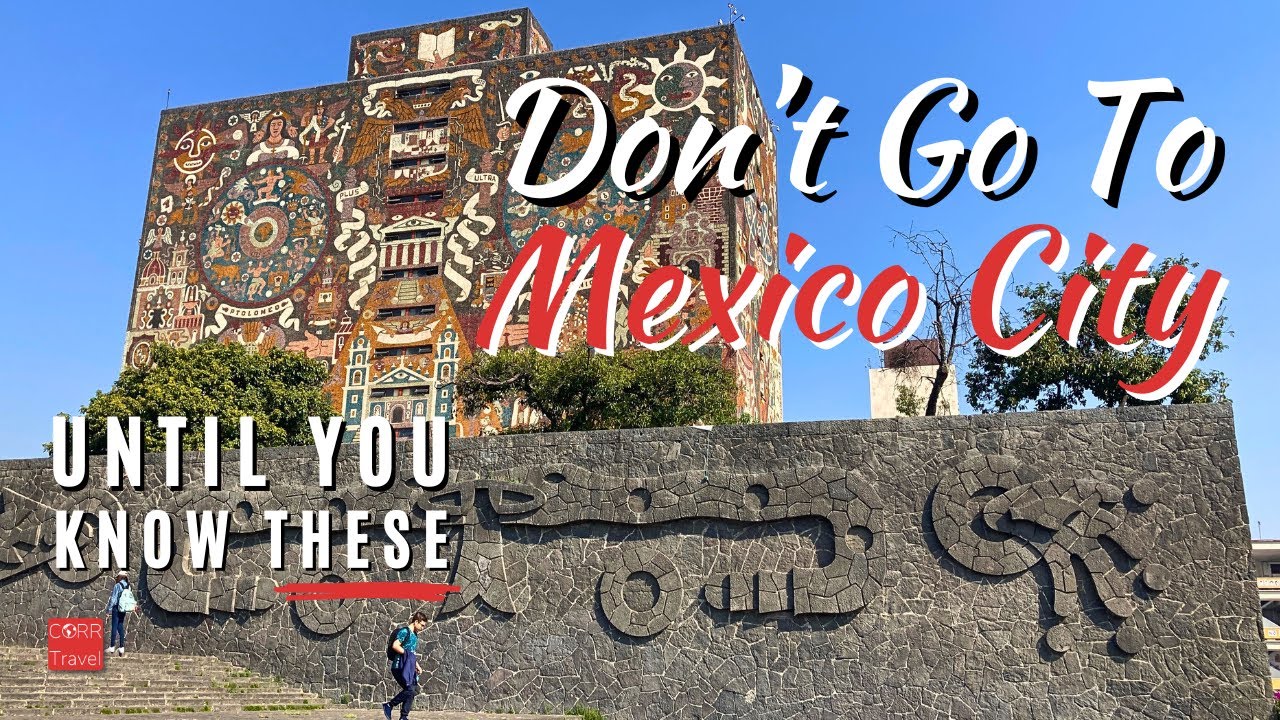Understanding the Significance of Día de Muertos in Mexico City
The Día de Muertos, or Day of the Dead, is a significant cultural event in Mexico City that is steeped in tradition and spiritual beliefs. This celebration is an opportunity for people to honor and remember their loved ones who have passed away. The importance of this festival lies not only in its cultural significance but also in its social and spiritual implications.
One of the most iconic elements of Día de Muertos is the creation of ofrendas, or altars. These are meticulously crafted with photographs, favorite foods, and personal items of the deceased, signifying their continued presence and memory. The vibrant marigold flowers, known as cempasúchil, are often used in these altars and graves, believed to guide the spirits with their bright colors and aromatic scent.
The Symbolism of Día de Muertos
The Día de Muertos is more than just a day of remembrance; it is a celebration of life and death. This event is a reflection of the Mexican belief in the cyclical nature of existence, that death is not an end but a continuation of the journey. The iconic calacas (skeletons) and calaveras (skulls), often depicted in festive attire, represent this perception of death as a part of the cycle of life, rather than something to fear.
The Social Impact of Día de Muertos
On a social level, Día de Muertos is a communal event that strengthens bonds within the community. It’s a time when families, friends, and neighbors come together to share stories and memories of their departed loved ones, fostering a sense of unity and shared cultural identity. The festival also promotes the preservation and respect for traditional practices and values, playing a crucial role in maintaining the cultural heritage of Mexico City.
Traditional Ways to Celebrate Día de Muertos in Mexico City in 2025
The Día de Muertos, or Day of the Dead, is a vibrant and deeply significant holiday in Mexico, and its celebrations in Mexico City in 2025 are no different. Rooted in indigenous traditions, this holiday is a fusion of pre-Hispanic beliefs and Catholicism, creating a unique and colorful commemoration of loved ones who have passed away. The festivities, which span from October 31st to November 2nd, involve several traditional practices and activities, which have been maintained and cherished over centuries.
Creating Ofrendas
The heart of Día de Muertos celebrations in Mexico City lies in the creation of ofrendas, or altars, dedicated to the deceased. These vibrant, multi-tiered structures are decorated with marigolds, candles, photos of the departed, and their favorite foods and drinks. The belief is that these offerings will guide the spirits back to the living world and provide them with their loved items and sustenance.
Parades and Processions
One of the most visually stunning aspects of Día de Muertos in Mexico City is the annual parade. This grand procession, featuring giant skeleton puppets, traditional dancers, and participants in elaborate skull makeup, draws both locals and tourists alike. In 2025, the parade is expected to continue its route along the city’s iconic Paseo de la Reforma, culminating in the historic Zocalo square.
Visiting Cemeteries
Another traditional practice during Día de Muertos is the visit to cemeteries. Families gather at the gravesites of their loved ones to clean and decorate them with marigolds and candles. They often spend the night at the cemetery, eating, drinking, and sharing stories about those they are honoring. This tradition reflects the Mexican view of death as a natural part of life’s cycle, and not something to be feared or mourned.
These are just a few of the ways Día de Muertos is traditionally celebrated in Mexico City. The city’s rich history and deep-rooted traditions ensure that each year’s celebrations are a unique and meaningful tribute to the departed.
Top Locations to Experience Día de Muertos in Mexico City in 2025
Experiencing Día de Muertos, or Day of the Dead, is a must when you’re in Mexico City, especially during the 2025 celebrations. This unique festival, celebrated from October 31 to November 2, is a colorful and lively display of Mexican culture and tradition. Here are the top locations in Mexico City to experience this unique event in 2025.
Zócalo
Start your Día de Muertos journey at the heart of Mexico City – the Zócalo. Every year, the city’s main square is transformed into a giant altar, decorated with marigolds, candles, and sugar skulls. In 2025, the Zócalo is set to host one of the city’s biggest Day of the Dead parades, featuring traditional music, dance, and a grand display of Catrinas – the elegantly dressed skeletal figures that have become a symbol of the holiday.
Xochimilco
Next, head to Xochimilco, a UNESCO World Heritage site known for its system of canals and artificial islands. During Día de Muertos, Xochimilco comes alive with nighttime boat rides, or trajineras, where participants can float past elaborately decorated altars while listening to mariachi bands. The 2025 celebrations are expected to feature an immersive theatre experience that tells the story of Día de Muertos through performance art.
Panteón de Dolores
Last but not least, make sure to visit Panteón de Dolores, the largest cemetery in Mexico City. Here, families gather to clean and decorate the graves of their loved ones, turning the cemetery into a sea of marigolds and candlelight. The 2025 Día de Muertos celebrations at Panteón de Dolores are set to include guided tours, showcasing the history and traditions of the holiday.
Customs and Traditions of Día de Muertos in Mexico City
Día de Muertos, or Day of the Dead, is a vibrant and deeply rooted tradition in Mexico City, celebrated from October 31st to November 2nd each year. It’s a time when families honor their deceased loved ones, celebrating their lives rather than mourning their loss. This holiday is a blend of pre-Hispanic indigenous beliefs and Catholicism, with customs that have been passed down through generations.
Altars and Offerings
One of the most important customs is the creation of ofrendas (altars), which are meticulously decorated with photos, favorite foods, and personal belongings of the deceased. These altars are adorned with marigold flowers, candles, sugar skulls, and pan de muerto (bread of the dead). The purpose of these altars is not only to remember the deceased, but also to guide their spirits back home with the enticing scent of their favorite meals and the warm glow of candles.
Visiting Cemeteries
Another significant tradition is visiting the graves of loved ones. Families clean and decorate the gravesites with marigolds, the flowers believed to guide the spirits of the deceased back to the world of the living. They also light candles and spend the night at the cemetery, sharing meals, singing, and telling stories about their departed loved ones.
Parades and Costumes
In recent years, a grand parade known as the Día de Muertos Parade has become a popular tradition in Mexico City. This tradition was influenced by the James Bond film “Spectre,” which featured a fictional Day of the Dead parade. Now, the parade attracts both locals and tourists with its colorful floats, traditional music, and participants dressed in elaborate calaca (skeleton) costumes. It’s a festive spectacle that adds to the city’s vibrant Day of the Dead celebrations.
Overall, Día de Muertos in Mexico City is a profound and lively event filled with customs and traditions that celebrate life, death, and the enduring bond between them.
Tips for Celebrating Día de Muertos in Mexico City for First-Time Visitors
The vibrant city of Mexico comes alive with colors, music, and festivities during the Día de Muertos (Day of the Dead). If you’re a first-time visitor planning to partake in these celebrations, there are a few things to keep in mind to truly immerse yourself in the experience.
Plan your visit in advance: The Día de Muertos is celebrated from October 31 to November 2, with festivities starting a few days prior. Hotels and flights can get booked quickly, so plan your trip well in advance. Also, consider booking a guided tour to understand the significance of the various customs and traditions associated with the celebration.
Participate in the Parades and Visit the Altars
Parades: The streets of Mexico City come alive with colorful parades, known as Desfile de Día de Muertos. Don’t just be a spectator; join in the fun, dress up in traditional costumes, and participate in the parade. Altars: Altars, or ofrendas, are a significant part of the celebration. Visit the beautifully decorated altars in homes, cemeteries, and public places. Remember, these altars are a tribute to the deceased, so maintain respect when visiting them.
Savor the Traditional Food
During Día de Muertos, you will find a variety of special dishes being prepared. Pan de Muerto (Bread of the Dead) is a must-try. It’s a sweet bread that is baked specifically for this festival. Another delicacy to try is Calaveras de Azúcar (Sugar Skulls), which are colorful candies in the shape of skulls.
Respect the Tradition: While Día de Muertos is a celebration, it’s also a deeply spiritual event for Mexicans. It’s a time for remembering and honoring loved ones who have passed away. So, while you enjoy the festivities, remember to respect the local customs and traditions.



